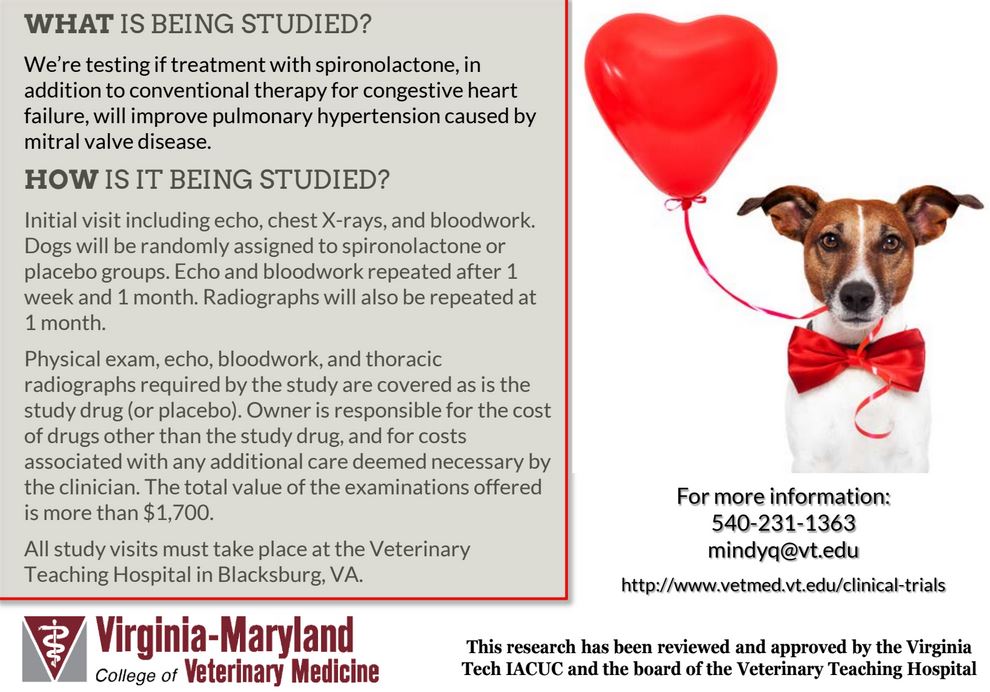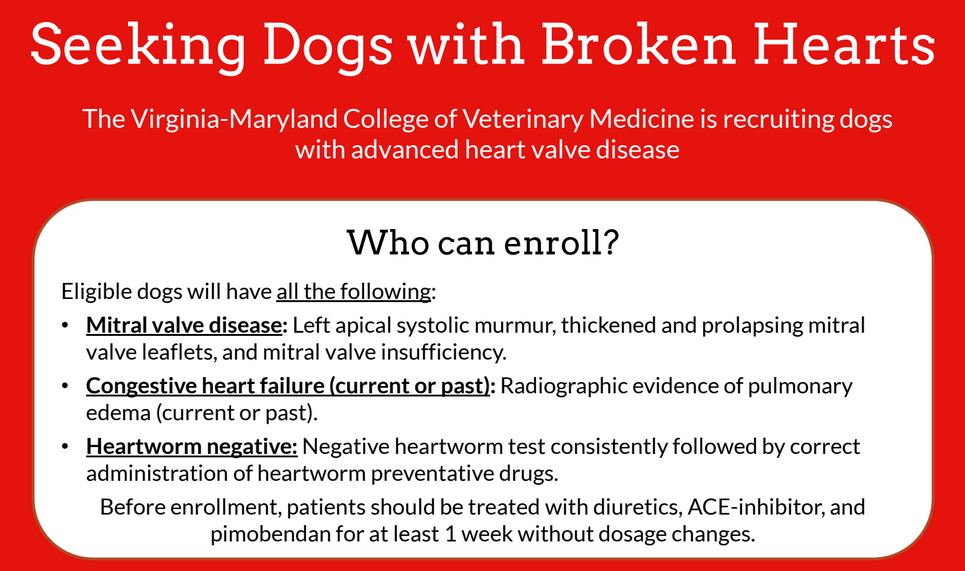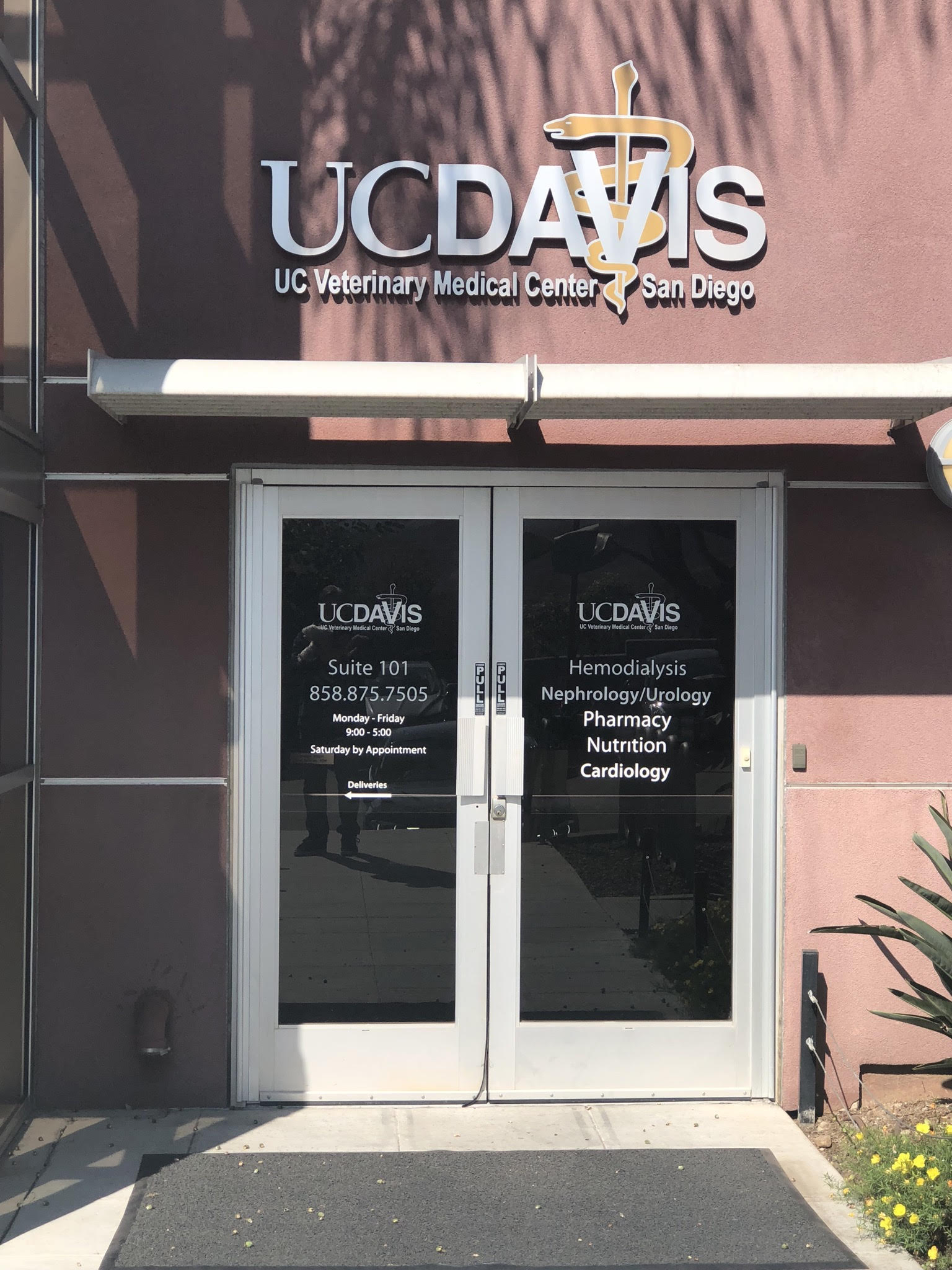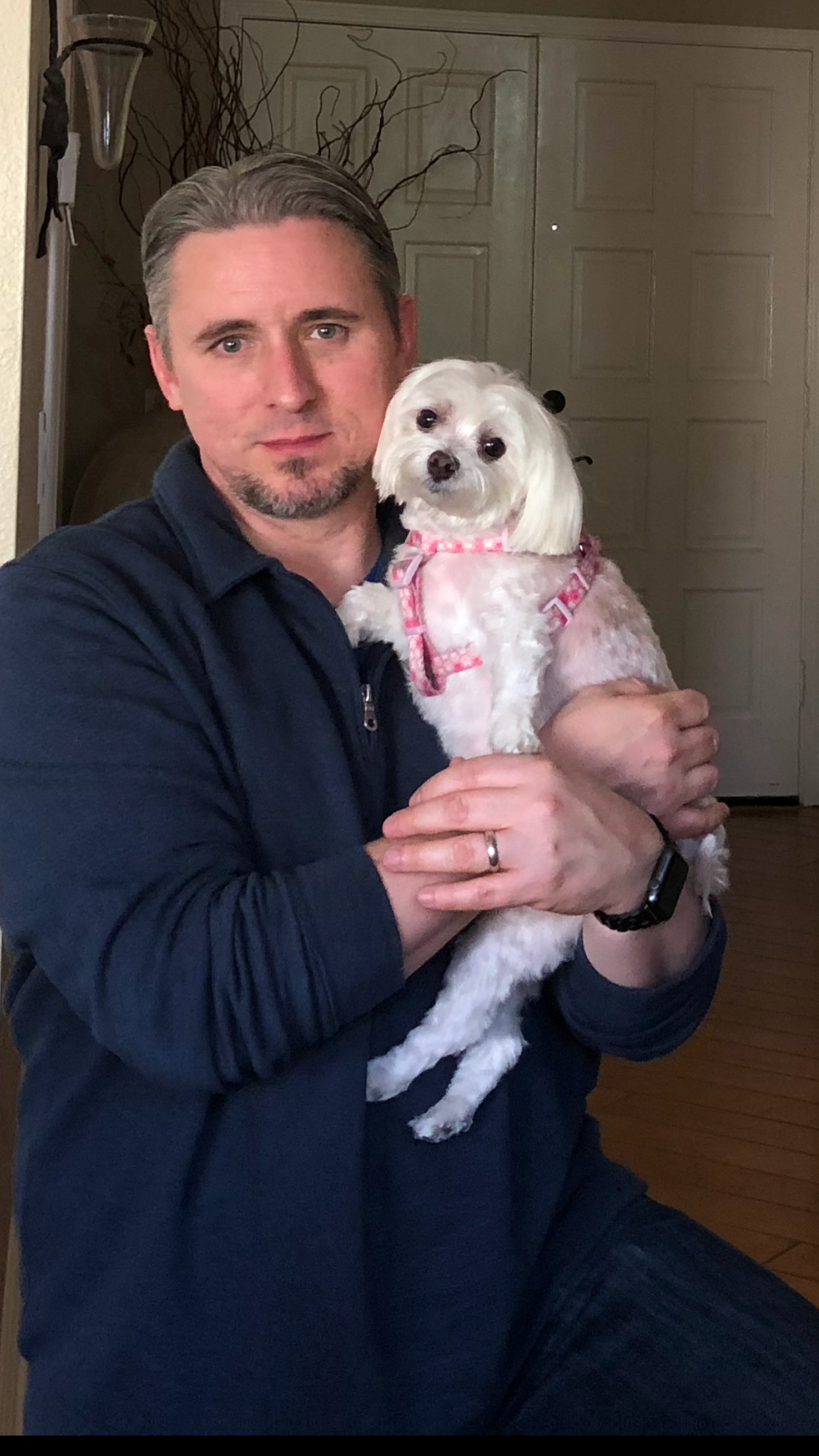
BLOG
Jasmine Clinic Webinar
Last year we were honored to attend a webinar Dr. Sayaka Takeuchi, Dr. Masami Uechi and other vital staff at the Jasmine Clinic hosted. They were gracious enough to host and recorded the seminar to educate our Mighty Hearts families on what is canine mitral valve disease (MVD) and repair (MVR).
Last year we were honored to attend a webinar Dr. Sayaka Takeuchi, Dr. Masami Uechi and other vital staff at the Jasmine Clinic hosted. They were gracious enough to host and recorded the seminar to educate our Mighty Hearts families on what is canine mitral valve disease (MVD) and repair (MVR).
Topics discussed included:
Candidacy
Risk factors
Steps of the procedure and a visual of the components of the heart and chambers and what the repair surgery entails.
Most importantly the latest statistics achieved by the Jasmine clinic in 2021, (2024 Statistics remain the same as 2021).
Please watch the video below. We appreciate your support, as we continue to support you and your beautiful family members.
The Mighty Hearts Project Team
Dr. Masami Uechi Interview
The Mighty Hearts Team traveled to the Jasmine clinic in Yokohama Japan to interview Dr. Masami Uechi.
In April of 2018 the Mighty Hearts Team traveled to visit the state of the art Jasmine clinic in Yokohama Japan. Our mission was to further educate ourselves to better serve our community members. Drs. Masami Uechi and Sayaka Takeuchi were very kind to take time out of there busy schedules to allow us to interview them so that we may bring you the latest information about this amazing mitral valve repair surgery. We tried to cover all the important topics, if you still have questions please leave them in the comments below.
MVD Studies From Around the Country
Virginia Tech and Auburn University are enrolling dogs in studies to further research in the area of Mitral Valve Disease. If you are opting not to have surgery to correct the mitral valve defect, these could be options for your dog and would help further research in this very important area for our community!
Spironolactone Study at Virginia Tech
This study is looking at whether adding spironolactone (a diuretic commonly used in human medicine) to conventional therapy for congestive heart failure will improve pulmonary hypertension caused by mitral valve disease. There’s also a bit more information on our website: http://www.vetmed.vt.edu/clinical-trials/current-studies/spironolactone.asp.
Dogs must be seen at the Veterinary Teaching Hospital here in Blacksburg, VA. There are required follow-up visits at Day 7 and Day 30 after enrollment, so it’s probably not a practical study for anyone outside of easy driving distance.
Entresto Study at Auburn University
"Entresto, a highly effective drug used in treating human heart patients, is being evaluated at Auburn University’s College of Veterinary Medicine for use with dogs.
A clinical trial for the drug is underway in the Cardiology Service at the Wilford and Kate Bailey Small Animal Teaching Hospital. Pet owners can begin registering to participate in the two-year study that costs nothing but a $75 screening and examination fee, says Dr. Daniel Newhard, a cardiology resident at the college and chief physician conducting the trial. Although the entire trial is a two-year program, each dog participates for only 30 days, he notes."
Continue reading about the study here.
To inquire or to register for participation in this clinical trial, call (334) 844-4690, or contact Dr. Newhard by email at [email protected].
Lessons From Zoey's One Year Checkup
Zoey’s one year checkup was done October 28th 2017. Zoey’s cardiologist (Dr. Hodge) was a bit worried Zoey’s left ventricle and left atrium (LV/LA) numbers were increasing after each checkup. According to Dr. Hodge, Zoey’s pressure and her regurgitation were shown to be the same since having her surgery a year ago. Naturally We were concerned about the increasing values and sent the records off to Dr. Sabine and Dr. Uechi to review them.
UC Davis Veterinary Medical Center in San Diego, CA
Zoey’s one year checkup was done October 28th 2017. Zoey’s cardiologist (Dr. Hodge) was a bit worried Zoey’s left atrium and left ventricle (LA/LV) numbers were increasing after each checkup. According to Dr. Hodge, Zoey’s pressure and her regurgitation were shown to be the same since having her surgery a year ago. Naturally We were concerned about the increasing LA/LV values and sent the records off to Dr. Sabine and Dr. Uechi to review them.
Dr. Timothy Hodge evaluating Zoey
I’m delighted to say that It was great news. Dr. Sabine and Dr. Uechi compared Zoey’s numbers from her surgery echos to her 3, 6 and one year checkups and the values appeared to be the same since she had her surgery in 2016. It was extremely important for me to learn exactly why it was being seen differently with my doctor and share with you all what I’ve come to learn.
Basically Zoey has a larger than normal pulmonary vein (ostium) since before her surgery and standard measuring practices can give false numbers if you don’t account for these results.
According to Dr. Sabine, the 1st reconstruction is of the Long axis LA diameters in telesystole at 3-6-12 months. Measured 2, 1.84 and 2 cm, basically they are the same measurements ; the SAX measurements are somehow difficult with Zoey because she has a very large pulmonary vein ostium compared to other dogs. As noted, (Zoey had this before her MVR surgery)
Echocardiograms showing Left Atrium (LA) measurements at 3 months, 6 months, and 12 months post operatively
The 2nd reconstruction is of the long axis LV diameters in telediastole at 3-6-12 months. They measured 2, 2 and 2 cm = same.
Echocardiograms showing Left Ventricle (LV) measurements at 3 months, 6 months, and 12 months post operatively
The 3rd reconstruction is of the long axis view of the mitral regurgitation color flow map at 3-6-12 months = same ; so there isn’t any chance for the LA pressure to increase considering that the 12-month MR is the same as the 3 month and the 6 month post-op checkups.
Echocardiograms showing regurgitation at 3 months, 6 months, and 12 months post operatively
This is the manner in which Dr. Sabine uses with Dr. Uechi to review the cases post-operatively.
Zoey with Dr. Timothy Hodge at UC Davis
It’s very important to note, all operators can cut a heart a little differently and measure slightly differently during the same examination or during different examinations a few months apart. Some other factors like Zoey's large pulmonary vein ostium can make the measurements difficult to compare. Also, after surgery, some hearts have mild different anatomy because of the sutures, or because it has possibly turned a little in the thorax etc... Zoey is doing very well and there is no need for concerns.
Zoey is still off all her medications and doing quite well. I write this in hopes you all understand how important it is to have the doctors review your records after each checkup and assess. My doctor wasn’t doing anything incorrect and I completely trust him. The surgery repair is just widely unknown and many don’t understand the long term results. As more of us return to the US with our babies we all can help play a vital role in educating everyone, awareness is very important.
Zoey with her favorite person on the planet, daddy Nate
The LOOK Study: ACVIM Conference 2017
The Longitudinal Outcome of Canine Mitral Valve Disease (LOOK-mitral) - by Dr. Michele Borgarelli, DVM, PhD, DECVIM-CA
This is a study being performed with the collaboration of Virginia-Maryland College of Veterinary Medicine, where Dr. Borgarelli does his research, and one of the largest veterinary cardiology practices in the United States, CVCA. The purpose of the study is to assess the natural history of mitral valve disease (MVD) in a large referred population of dogs, assess the prevalence and effects of co-morbidities on the natural history of the disease, and to identify risk factors for progression and death.
The Longitudinal Outcome of Canine Mitral Valve Disease (LOOK-mitral) - by Dr. Michele Borgarelli, DVM, PhD, DECVIM-CA
This is a study being performed with the collaboration of Virginia-Maryland College of Veterinary Medicine, where Dr. Borgarelli does his research, and one of the largest veterinary cardiology practices in the United States, CVCA. The purpose of the study is to assess the natural history of mitral valve disease (MVD) in a large referred population of dogs, assess the prevalence and effects of co-morbidities on the natural history of the disease, and to identify risk factors for progression and death. Collected data includes physical exam, radiographic findings, ECG findings, presence of co-morbidity, laboratory results and treatments.
Since October 2015, vets from CVCA have been submitting information from a large population of dogs with MVD to the LOOK Study. This is strictly an observational study. Inclusion criteria for study enrollment is a diagnosis of MVD confirmed by echocardiographic exam. Dogs are enrolled in the study at the time the diagnosis is confirmed by a cardiology specialist. 2,053 dogs have been observed as of April 30, 2017, and new dogs can continue to be submitted to the study until September 2017. Data on the dogs enrolled in the study will continue to be collected until it concludes in October 2020 or until the death of the dog.
The current population of dogs in the study represent 104 different breeds. The largest segment being mixed breed at more than 300 dogs, second highest is CKC, then Chihuahua. 48% of dogs are female, and 52% are male, and for both male and female, approximately 90% are neutered/spayed. The median age of all dogs is 10.3 years, but it was noted that the average age for the CKC is much younger than the median.
57% are Stage B (75% of which are B1, 25% are B2), 39% are Stage C, and 4% are Stage D. During the current 20 months of the study, only 4.5% of dogs have passed. It was noted that this could be because most dogs being submitted to the study were new cases presented at CVCA which typically occur at the earlier stages.
Some of the preliminary findings of the study so far are:
- Echocardiogram results are more important than the observation of a heart murmur, as more than 4% of dogs with the disease had zero murmur. In high risk breeds, this suggests that regular preventative cardiology exams with echocardiogram are warranted rather than waiting until the onset of symptoms.
- Nearly 80% of dogs are referred to cardiologists due to the presence of a cough.
- Most concomitant disease is chronic respiratory disease.
Additionally, at the conclusion of the conference session, Mighty Hearts Project participants were able to inquire with Dr. Borgarelli on whether dogs who have had an intervention, such as Dr. Uechi's Mitral Valve Repair surgery, were noted and being tracked within the study with this information in mind. Dr. Borgarelli confirmed that is correct. One dog that we know of being tracked as part of the LOOK study is Levi, who has had a successful mitral valve repair since his initial diagnosis. Levi is seen by Dr. Neal Peckens at CVCA in Virginia.
Mitral Valve Repair Metrics
One of the most frequent questions asked when considering a surgery as risky as cardio-pulmonary bypass, is what are the chances my dog will survive the surgery and what is the long term prognosis post-surgery. The answer is always "it depends". Each dog is different, and each circumstance is unique. Below are some guidelines to help you determine the best course of action for your dog based on aggregate data. For more specific recommendations regarding surgery for your dog, please contact Clinique Veterinary Bozon or JASMINE Veterinary Medical Center directly. Additional mitral valve repair statistics may be found in an abstract published by Dr. Masami Uechi from October 2016.
One of the most frequent questions asked when considering a surgery as risky as cardio-pulmonary bypass, is what are the chances my dog will survive the surgery and what is the long term prognosis post-surgery. The answer is always "it depends". Each dog is different, and each circumstance is unique. Below are some guidelines to help you determine the best course of action for your dog based on aggregate data. For more specific recommendations regarding surgery for your dog, please contact JASMINE Veterinary Medical Center directly. Additional mitral valve repair statistics may be found in an abstract published by Dr. Masami Uechi from October 2016.
Global survival rates of dogs who have undergone Mitral Valve Repair with Dr. Masami Uechi:
99% in stage B2
95% in stage C (if no pulmonary hypertension (PHT) before surgery)
85% in stage C (if there is PHT before surgery)
75% in stage D
The younger the dog is, the higher the success rate.
80% of the dogs operated on do not need any treatment or additional medications for mitral valve disease after surgery.
Mitral valve repair is needed if one or more of these conditions are present:
If the dog is 13 years old or less AND
As soon as the dog is in stage C
If there is chordae tendinae rupture and/or grade 3 prolapse (even in stage B2)
If there is a grade 3 or 4 mitral regurgitation (even in stage B2)
If pulmonary arterial pressure (PAP) is less than 50 mmHg (otherwise the dog must be put on sildenafil 1-2 months before surgery)
If the 2D LA/AO ratio in SAX is > 1.6 (right parasternal) (The LA/AO - meaning Left Atrial to Aorta Ratio - uses the relatively fixed diameter of the aorta to assess the degree of left atrial volume loading)
If the NT-ProBNP level is > 2100 mol/l (even in stage B2)
Mitral Valve Repair under Cardio-Pulmonary Bypass (CPB) is a very complicated procedure
Weak points triggering a poor recovery from CPB are:
The age of the dog (older dogs are more prone to Systemic Inflammatory Response Syndrome and thrombosis after surgery because their endothelium is more damaged)
The degree of PHT before surgery (because one of the side effects of CPB is PHT)
The systolic/myocardial function (because there is myocardial ischemia during CPB and the recovery is directly related to the myocardial health before surgery)
The severity of the ACVIM stage
The surgery might be contraindicated (or have a lower survival rate) if:
The dog is more than 13 years old
There is severe PAP not improved after sildenafil therapy
There is myocardial dysfunction/ischemia (low cardiac output) before surgery
There is any concomitant medical disease (a secondary illness), for example:
A neoplastic process (a mass or tumor)
everely impaired renal function such as nephrotic syndrome or protein-losing enteropathy (kidney disorders)
Severe hepatic insufficiency (liver failure)
Unresolved infections
ndocrine disease (such as Cushings)
Hypothyroidism can be adjusted and treated 2-3 months before surgery
There is coagulation dysfunction (an issue with blood clotting) and especially decreased levels of antithrombin 3 before surgery
Surgery might be difficult if there is a significant aortic insufficiency, an observation that must be recorded in the cardiology report
